If you've ever wondered what the safest and best produce is for you, check out this post about conventional and organic produce.
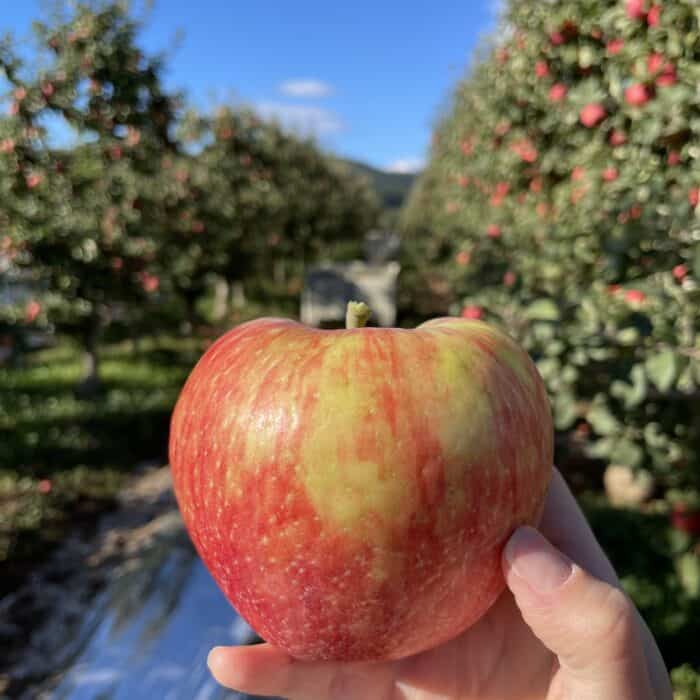
Disclosure: This post and trip was sponsored by the Alliance for Food and Farming. All thoughts and opinions are my own.
What's the Best Produce to Eat
The short answer is the best produce is the one you like and have access to.
Whether it's organically or conventionally grown, you can rest assured that produce is safe and nutritious.
As a registered dietitian nutritionist, I confidently eat any and all produce. That includes conventionally grown, organic, fresh, frozen, canned, dried, and juiced.
The main thing I focus on is taste and access. And that looks different for everyone.
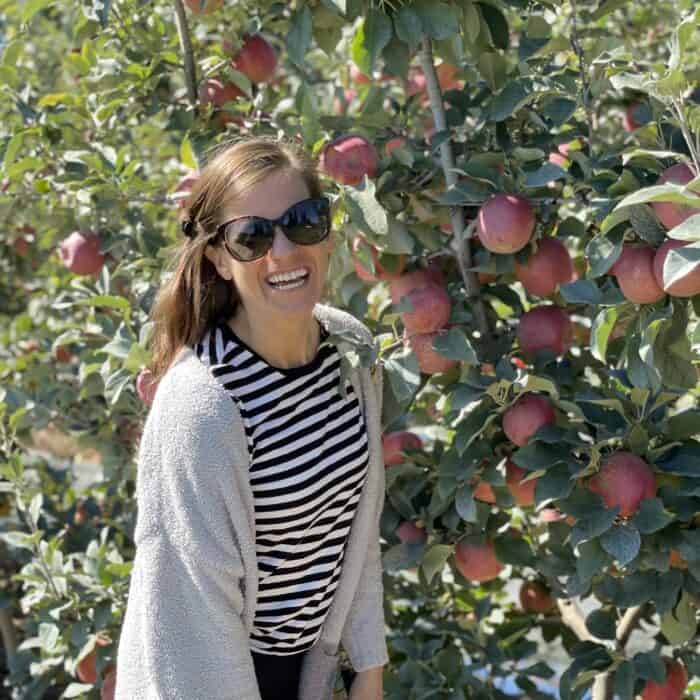
Facts Not Fears Tour
In September, I had the pleasure of attending the 2021 Produce Safety “Facts, Not Fear” Media Tour Presented by the Alliance for Food and Farming in Portland, Oregon.
On the tour, we visited apple and pear orchards, a blueberry farm, and packing houses to learn more about farming practices, the growth, packaging, and storage of our food, food safety measures, and more.
We got to see first-hand how our food is grown, both conventionally and organically, as well as ask the farmers questions.
Conventional and Organic Produce Frequently Asked Questions
Commonly asked questions when it comes to organic produce vs. conventionally grown produce:
How can I trust that farmers aren't covering my produce in pesticides?
First of all, fruit and vegetable farmers’ first consumers are their own families. So food safety is always their priority.
Also, pesticides are expensive, and farmers, like most business owners, are always trying to lower costs. So it wouldn't make sense for them to overspray their crops.
In fact, all of the farmers I've met are wildly intelligent and are constantly trying to improve their produce while decreasing pesticide and water use.
Additionally, farms are typically owned by families. Farms are not corporate-owned, which is a common misconception I see when it comes to food growing and production.
In fact, I've been to over 20 farms since I became a dietitian. And I've never once been to a farm that was not family-owned.
Finally, to say that farmers are incredibly passionate about feeding the world safe, nutritious, and delicious food is a massive understatement. Farmers dedicate their lives, often without guarantee, to making sure that we are fed.
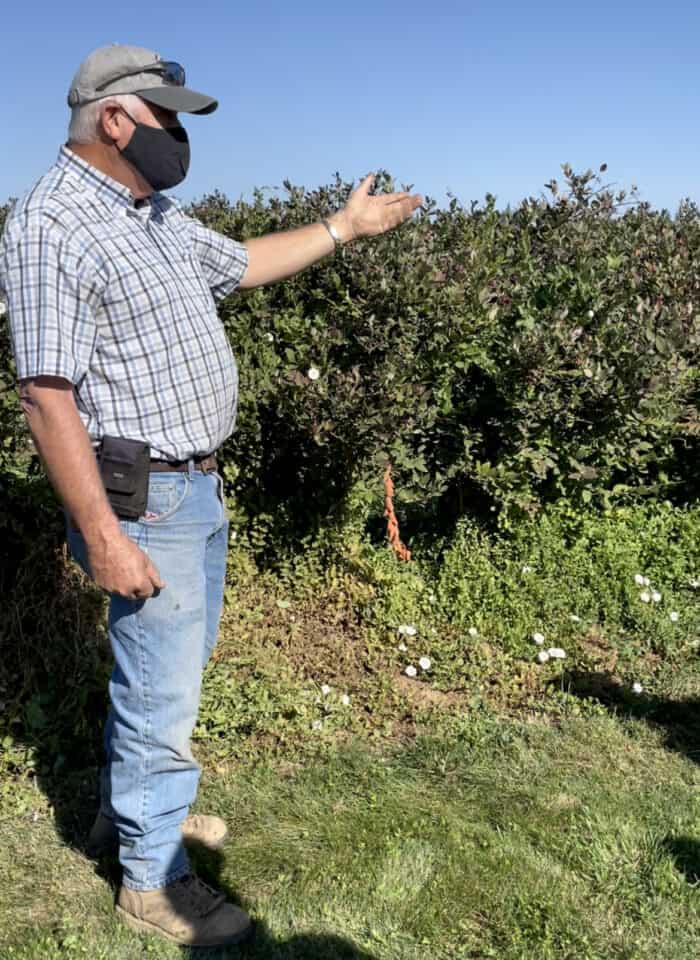
Is it safe to eat conventionally grown produce?
Yes!
USDA & FDA data show pesticide residues on foods tested are at levels well below the tolerances established by the EPA and “pose no safety concern,” if residues are present at all.
The FDA says washing produce under running tap water reduces and often eliminates pesticide residues if they are present on fresh produce.
If you’d like my professional opinion to set your mind at ease, the best thing to do is to eat fruits and vegetables in any way, shape, or form.

What about pesticides in conventionally grown fruits and vegetables?
Yes, conventionally grown fruits & veggies have reported levels of pesticides. However, the levels are significantly lower than the Environmental Protection Agency (EPA)'s safety level for pesticides on produce.
The FDA found almost 99% of the domestic foods sampled had residues levels well below EPA's safety standards with 42% of foods having no detectable residue levels at all.
In fact, the levels of the “dirtiest” on the Environmental Working Group (EWG)'s Dirty Dozen List, strawberries, are so negligible that an adult female could eat 453 servings of strawberries in 1 day without any effect even if the strawberries have the highest pesticide residue recorded. That's over 3600 strawberries per day!
Be sure to check out this Pesticide Residue Calculator to see how many servings a man, woman, teen, or child could consume and still not have any adverse effects from pesticide residues.
Analysis of the list found that substitution of organic produce for conventional did not result in a reduction in risk because residues on conventionally grown produce are so insignificant.
Most importantly, eating fruits & vegetables whether organic or conventional is incredibly health-promoting! Studies show that the benefits of eating ANY type of produce significantly outweigh the potential risks.
Please note: I am not suggesting we pour pesticides all over our food. I’m also definitely not saying pesticides are healthy. Nor am I saying you should not eat organic foods.
However, it's important to remove the fear we have around food, especially since increasing our fruit and vegetable intake contributes to positive health outcomes.
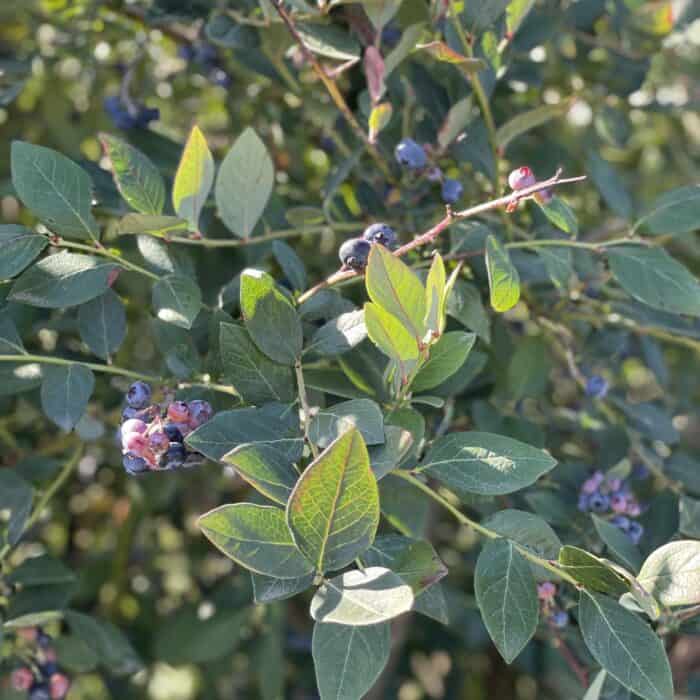
Problem with the Dirty Dozen List
It is vital that we consider the validity of the Dirty Dozen List and its ramifications.
When curating the list, the EWG focuses on the presence (or absence) of pesticide residues on produce.
What actually matters is the amount of pesticide(s) on the food, the amount of the food consumed, and the toxicity of the pesticide. [paraphrased from a statement by Dr. Carl Winter, Professor Emeritus of Toxicology, UC Davis].
Additionally, the Dirty Dozen List often contributes to fearing non-organic or conventionally grown foods.
Studies show that fear-based messaging confuses consumers and may result in reduced purchasing of any fruits and veggies – organic or conventional.
When you are confused about which is the "right" fruit or vegetable to eat, it can lead to completely skipping eating the fruits & vegetables altogether.
Furthermore, the dirty dozen list can cause us to avoid certain fruits & veggies because they are "dirty" or because they aren't "clean." And this can cause us to attach moral value to our food.
These are all problematic, and I beg you to continue eating produce no matter what type. Also, try removing toxic language around food that suggests certain foods have higher moral value. (Examples: clean vs. dirty, good vs. bad, healthy vs. unhealthy)
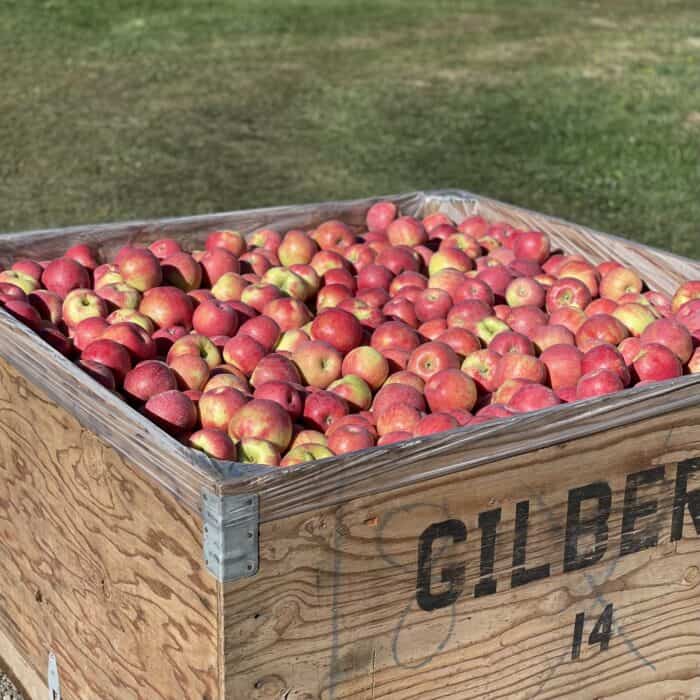
Studies That Claim Organic Produce is Better
A common study quoted to promote organic food concludes: A higher frequency of organic food consumption was associated with a reduced risk of cancer.
First, it's important to understand that association is not the same thing as causation.
Association is a connection between two things. Causation is the process of causing something to happen or exist.
The fact that there is an association between the two does not mean that eating organic food causes less cancer. Or that eating conventionally grown foods causes more cancer.
It simply means that they are related.
Second, when you read through the study, you will also notice that the group with the lowest cancer rates also have
- highest income
- exercise more
- lowest percentage of manual workers
- eat the most fiber
- lowest alcohol intake
- highest level of education
- lowest red meat and processed meat intake
- highest percentage of those who are in cohabiting marriages
- lowest percentage of current smokers
This goes to show that there are so many only factors that play into our health, our risk of developing cancer & other diseases, and our quality of life.
Many other studies the EWG uses to back their statement that eating organic food is better and healthier have similar findings.
Bottom line: eating fruits & vegetables, whether organic or conventional, is good for your health!
You have a right to choose what works for you and your family based on facts, not fear-mongering.

Recipes with Fruits & Veggies
- Roasted Vegetable Lentil Salad
- Strawberry Salad Dressing
- Pineapple Cucumber Gazpacho
- Thanksgiving Roasted Vegetables
- Mexican Pumpkin Soup
- Cheesy Stuffed Baby Bell Peppers
- Zucchini Lasagna
- Easy Homemade Salsa
- Taco Soup
- Roasted Vegetable Pizza
Meme
Citations
Baudry, Julia et al. “Association of Frequency of Organic Food Consumption With Cancer Risk: Findings From the NutriNet-Santé Prospective Cohort Study.” JAMA internal medicine vol. 178,12 (2018): 1597-1606.
Kesse-Guyot, E., Rebouillat, P., Payrastre, L. et al. Prospective association between organic food consumption and the risk of type 2 diabetes: findings from the NutriNet-Santé cohort study. Int J Behav Nutr Phys Act 17, 136 (2020).





Leave a Reply